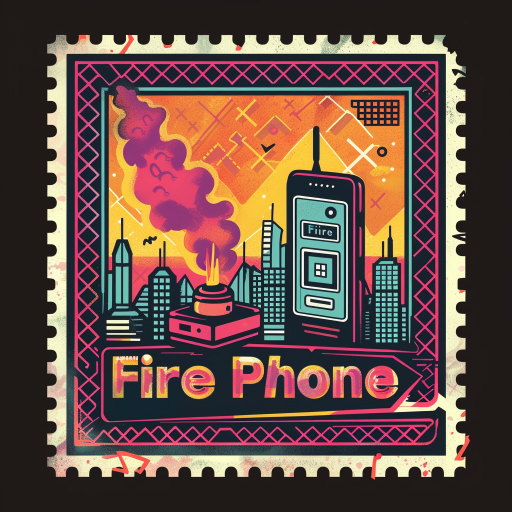Every Hour, Jeff Bezos Burned Through $57,000 on Amazon's Biggest Failures

GET THE #1 EMAIL FOR EXECUTIVES
Subscribe to get the weekly email newsletter loved by 1000+ executives. It's FREE!
Every Hour, Jeff Bezos Burned Through $57,000 on Amazon's Biggest Failures
Tick, That's $4 wasted. Tock, another $4 gone.
After a minute, that's $238.
An hour, $14,000.
It boggles the mind.
But that's exactly what happened at Amazon over a span of five years, from 2014 to 2019. Jeff Bezos, the mastermind behind the e-commerce giant, was burning through cash faster than a rocket burning through fuel. And what was all this money spent on? Some of Amazon's biggest failures.
Let's break down how we arrived at this mind-bending figure:
Amazon's five major failures - Fire Phone, Amazon Local, Amazon Restaurants, Amazon Spark, and Amazon Dash Buttons - collectively cost the company around $2.5 billion over five years. That's $500 million a year, $41.7 million a month, $1.4 million a day, or $57,000 an hour.
Why this post?
As part of Amazon Month, where we are deep diving into the world of Amazon, it's important to assess both sides of the coin. While Amazon is known for its successes and innovations, it's equally important to understand the failures that shaped the company's culture and strategy.
Now, let's dive into these spectacular flops that kept Bezos' money furnace burning:
1. The Fire Phone Fiasco: $500 Million Up in Smoke
In 2014, Amazon decided to take on Apple and Samsung in the smartphone market. The result? The Fire Phone, a device that crashed and burned faster than you can say "Alexa."
"The phone is gorgeous. I can't wait for you to get your hands on it." - Jeff Bezos, 2014
A year later, Amazon was writing off $170 million in unsold Fire Phone inventory. Total damage? A cool $500 million.
2. Amazon Local: When Global Ambition Meets Local Failure
Remember daily deal sites? Amazon sure does. Their venture into this space, Amazon Local, was supposed to be the Groupon killer. Instead, it killed hundreds of millions of Amazon's dollars before shutting down in 2015.
3. Amazon Restaurants: A Billion-Dollar Takeout Order
For four years, Amazon tried to satisfy our hunger for food delivery. The result? They ended up swallowing nearly $1 billion in losses, including a $575 million investment in Deliveroo that left a bad taste in investors' mouths.
4. Amazon Spark: The Social Network That Didn't Catch Fire
In 2017, Amazon tried to create its own Instagram-like social network within its shopping app. Two years and tens of millions of dollars later, Spark fizzled out without so much as a goodbye post.
5. Dash Buttons: Pushing All the Wrong Buttons
Remember those little plastic buttons you could stick around your house to reorder products? Amazon sold each one at a $10 loss. Multiply that by millions of units, add development costs, and you've got another nine-figure failure.
The $57,000 Per Hour Lesson: Embrace Failure, But Make It Count
As Jeff Bezos himself once said:
"I've made billions of dollars of failures at Amazon.com. Literally billions... Companies that don't embrace failure and continue to experiment eventually get in the desperate position where the only thing they can do is make a Hail Mary bet at the end of their corporate existence."
So, what's the takeaway from all this extravagant failure?
-
Bet big, but bet smart: Amazon's failures were calculated risks. They had the potential for huge payoffs if they succeeded.
-
Learn fast: Each failure taught Amazon valuable lessons about market dynamics, consumer behavior, and their own capabilities.
-
Diversify your bets: Amazon didn't put all its eggs in one basket. These failures were offset by enormous successes in e-commerce, cloud computing, and other areas.
-
Create a culture of innovation: By embracing failure, Amazon fostered an environment where employees felt safe to take risks and think big.
-
Keep the long game in mind: These "failures" were stepping stones that contributed to Amazon's overall success and market dominance.
Another key lesson here is to also build an immensely profitable business before you take the big risks that Amazon did. Amazon's failures were cushioned by its core e-commerce business, which generated billions in revenue and profits.
